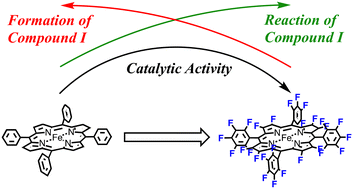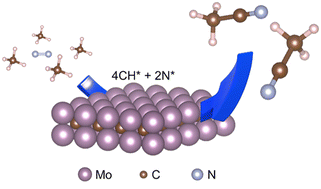Catal. Sci. Technol., 2023, 13,5530-5535
DOI: 10.1039/D3CY00541K, Communication
DOI: 10.1039/D3CY00541K, Communication
 Open Access
Open Access This article is licensed under a Creative Commons Attribution 3.0 Unported Licence.
This article is licensed under a Creative Commons Attribution 3.0 Unported Licence.Rocio Villa, Claudia Ferrer-Carbonell, Caroline E. Paul
Immobilised TsOYE on Celite carrier catalyses the bioreduction of activated alkenes in pure organic solvent, providing full conversion to (chiral) products.
The content of this RSS Feed (c) The Royal Society of Chemistry
Immobilised TsOYE on Celite carrier catalyses the bioreduction of activated alkenes in pure organic solvent, providing full conversion to (chiral) products.
The content of this RSS Feed (c) The Royal Society of Chemistry










